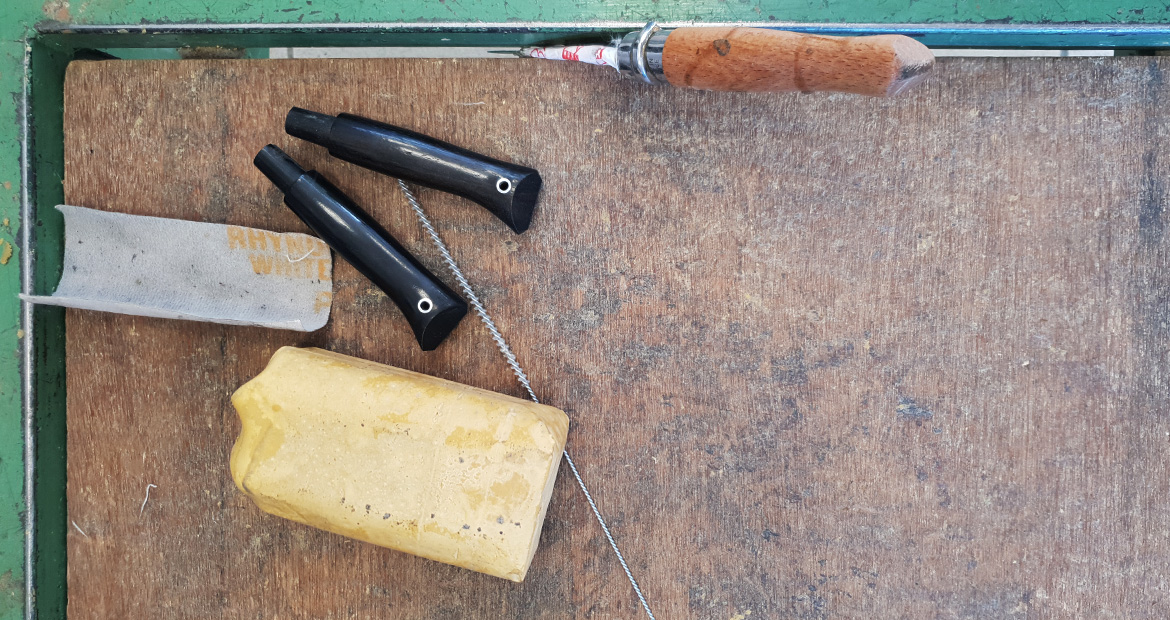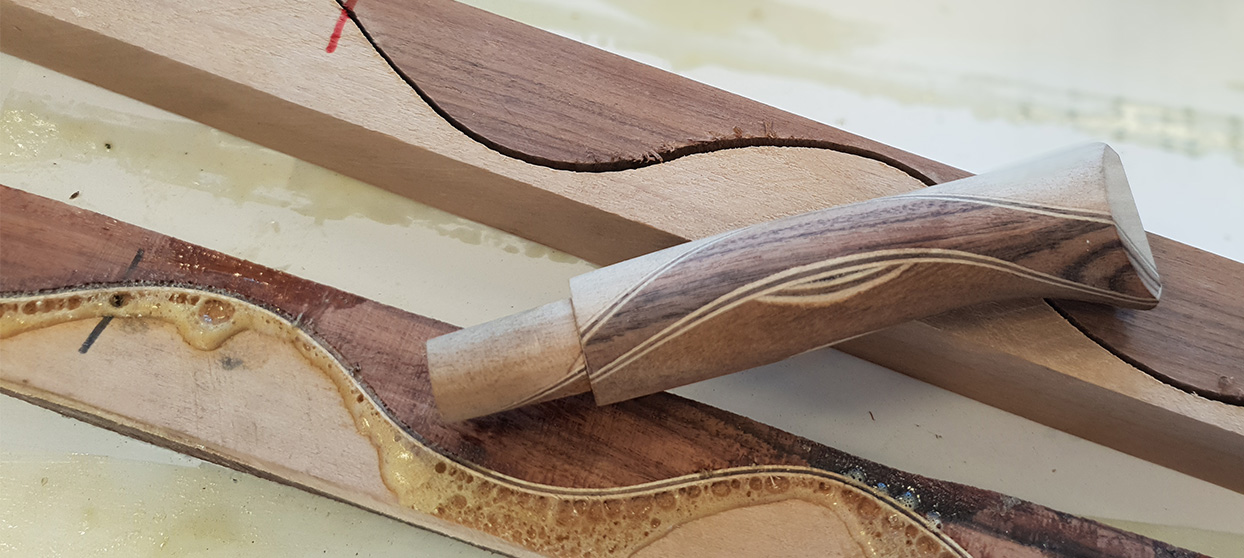Your cart is empty
Are you sure you want to perform this action?
Free delivery* for purchases over €69 (find out more).
Your cart is empty
Multifunction
Limited editions
By use
Barbecue Set
Three utensils made in France using environmentally friendly materials: the No. 12 B knife with a bottle opener, the Spatula +, which attaches to the handle of the knife, and XL Tongs.
Pocket knives
Pop 80 Les Essentiels Set
Colourful handles and four small blades that are kitchen essentials: the paring knife, serrated knife, vegetable knife and peeler.
Pocket knives
By product type
Facette Mixed Set
Knives that combine comfort, efficacy and aesthetics, with four different handles: ash, dark ash, olive and VittEr® eco-material.
By product type
Pocket knives
Le Petit Chef Green Set
A small chef's knife, a peeler and a finger guard: the essentials for passing on the love of cooking to children.
By product type
Scabbard
The made in France case to carry the No. 06, No. 07 and No. 08 pocket knives, as well as Effilé folding knives 8 and 10.
Need help

Nom : Ducrocq
Prénom : Emeline
Ville : Chambéry
Pays : France
Profession : Team leader in the wood craft industry
My name is Emeline Ducrocq, and I'm a team leader in wood crafts. After training in tiling, I joined the Opinel team through my sister, who was already working for the company, and who had told me a lot about the job. Because I worked with my hands, being a tiler, I was able to instantly fit in and adapt to the woodworking workshop.
The first step is to select the exotic woods to be cut, using a bandsaw in a wave form or at 30° or 40° angles, depending on which handle we are making for which specific knife. Then, using an impact spanner, the joints are glued together under pressure using traditional methods. After waiting 6 hours for the glue to set, the wood forms that will become the handles are finished with a band saw to remove the excess glue and clean the wood, so that they can be shaped later. The final stage in making the handle is buffing, i.e. applying a wax by hand to the handle to give it a shiny, smooth appearance instead of a more traditional varnish.
My favourite part of the process is cutting the wood. I really love using the band saw, because you don't use a guide: you do everything freehand and work by instinct, which means that every handle you create in this workshop is unique.
It's the only workshop where everything is done by hand, apart from the finishing. Some of our tools are even handmade. Another special feature of our workshop is that, despite the fact that many people consider this to be a male profession, our team is currently entirely female.

The handle is made of walnut and ebony, with two veneers incorporated between these two woods. You make a 30° cut near the heel, then the walnut and ebony are assembled, glued and pressed. Once worked and shaped, the handle is finally buffed, like all the other handles made in this workshop.
I created this handle because I wanted to stop wasting any damaged ebony, which we were obliged to throw away. As a result, this wood is now recovered from discarded wood handle blocks. What's more, I thought the combination of walnut, which is a soft wood, and ebony, a very dense kind of wood, was really attractive and gave the handle a lovely finish.
I was totally free to create this handle. I started from scratch, with no rules dictating which wood or cut I should choose.

We start by choosing the kind of wood we want to work with, then we work out how we are going to cut it in our workshop. We do a lot of tests until we find a handle that we like, which is then validated by the marketing department. Finally, we fine-tune and adjust our handle to get the best possible result.
Fascinating. What I really like about Opinel woodworking is the great freedom we are given to create. And more than anything, I love being able to work with precious woods by hand, which makes it a wonderful workshop to be part of.

Photo credits: Opinel, Sémaphore
Are you sure you want to perform this action?
Hello,
We think you are in North America.
Get the best experience and visit opinel-usa.com
Hello,
We think you are in Australia.
Get the best experience and visit opinel.com.au
Hello,
We think you are in Japan.
Get the best experience and visit opinel.jp
Hello,
We think you are in New Zealand.
Get the best experience and visit opinel.co.nz
Hello,
We think you are in Singapore.
Get the best experience and visit opinel.sg
Treat your loved ones or yourself to a unique and original personalised knife. You can engrave a first name, a date or any other message on one line of text, up to a limit of 20 characters.
The engraving service is offered from one unit, starting at €6.
If you would like to order more than a hundred units for a wedding, an association or business gifts: request a quote.
Differences in the colour of the engraving on the handle may appear depending on the grain of the wood. In accordance with Article L-121-20-2 No. 3 of the Consumer Code, engraved items can neither be returned nor exchanged. The guarantee on manufacturing defects remains the same.
Engraving examples








Need some help for your engraving ?
Contact us by phone (+33 4 58 25 01 16) or using the form on our contact page
